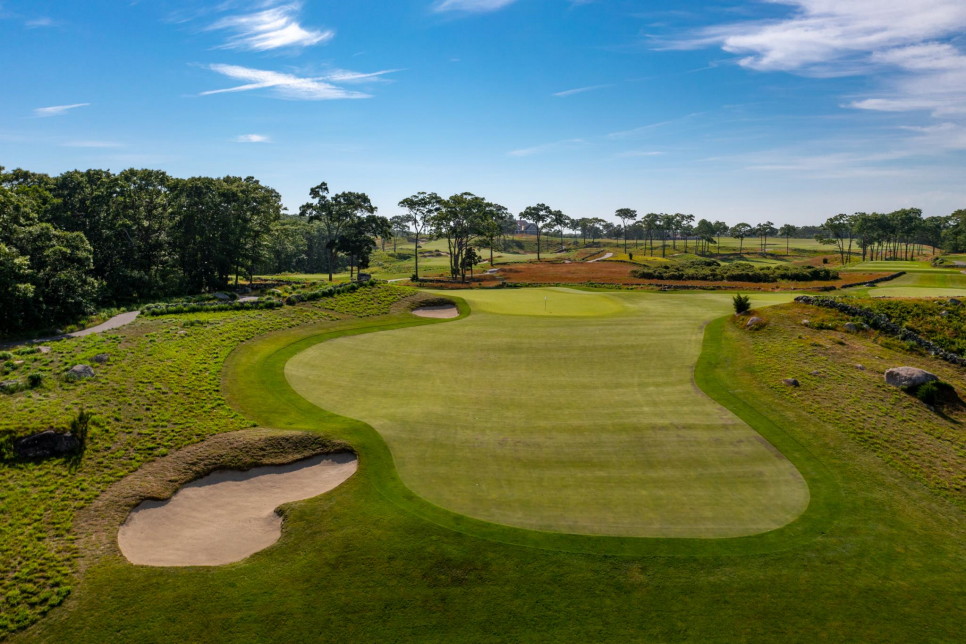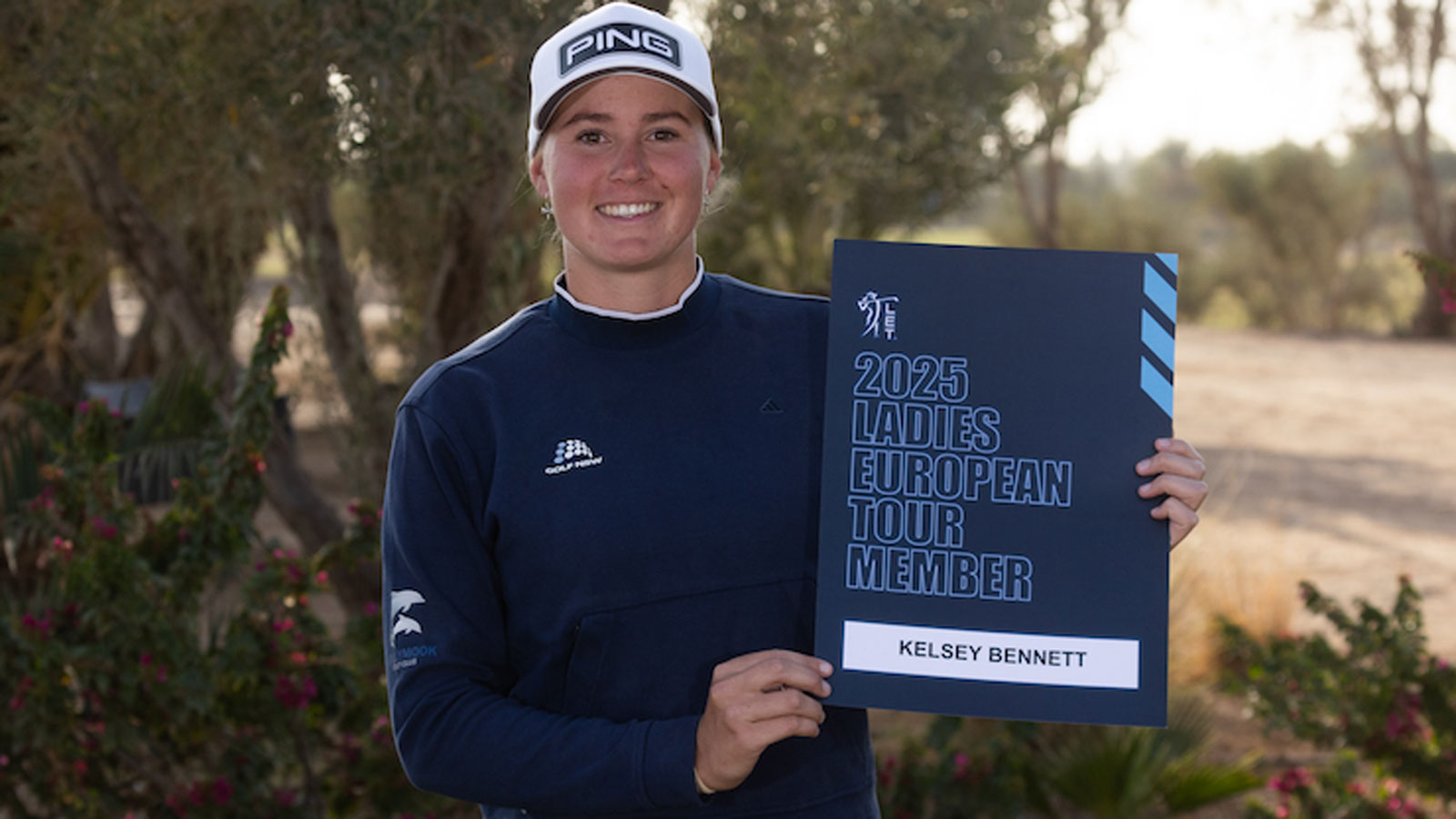Ask a super: Why are you aerating our greens when they’re in perfect shape? – Australian Golf Digest

- by Admin
- May 22, 2024

Memorial Day is the unofficial start to summer, but for golfers in cooler climates, it also signals that our courses are finally starting to wake up. Yet on courses I play in the Northeast, the same thing happens each year: Just as we reach this peak season and the greens are starting to roll well, they are aerated.
The ensuing days are the most frustrating of the year. Surely there must be a reason why our golf course superintendents wait until the greens are in good shape to aerate, right?
MORE: Aerating greens, explained by a top course superintendent
That’s the question I asked Mike Dachowski, the superintendent at Shelter Harbor Golf Club, a an exclusive private club in Charlestown, R.I., ranked on our latest America’s Second 100 Greatest Courses list. Under Dachowski’s leadership, the course is among the top-conditioned courses in New England, as judged by our 1,800-plus course-ranking panelists.
Private Shelter Harbor Golf Club Charlestown, RI 4.6 102 Panelists
- Second 100 Greatest
- Best In State
Though the late club founder and northeastern financier Finn Caspersen was not an avid golfer, he was intrigued by the idea of building a club near his summer home in Rhode Island. But the property he had was challenging and quite severe in places, strewn with wetlands and studded with huge boulders. He ultimately determined that Hurdzan/Fry was the firm that had the environmental chops and creative juice to make the most of it. Though the holes were limited in where they could go, they achieve a desired “old New England” flavor that mixes well with the more historic courses in the neighborhood and possess a dynamic range of strategic lines, carry options and green sizes. The early 1900s bunkering, crafted by Coore & Crenshaw shaper Jeff Bradley, is icing on the cake. View Course Golf Digest: Mike, many of the courses I play in Northeast start to roll really well by mid-May or so, but then all of a sudden they are aerated. Is that timing intentional?
Yes, the timing of aeration is very important. If you aerate before the grass wakes up and reaches an appropriate growth potential, then the grass isn’t going to heal. It might take weeks for aeration holes to fill in because the grass just isn’t growing.
That’s why we aerate a few weeks into the season and not right at the beginning. We have to wait for the grass to wake up and start growing in. That’s frustrating for a lot of golfers, to have us aerate the greens just as they get nice, but trust me, they are going to heal way faster than if we aerated earlier in the season.
You mention an interesting term: growth potential. What’s that all about?
Growth potential is how quickly the grass is able to grow given the temperature. In the middle of the summer, our growth potential in coastal Rhode Island is nearly 100 percent, but in the winter for months, that number is far lower. For example, in December through February, our growth potential at Shelter Harbor is zero. The grass is completely dormant.
MORE: Should you repair ball marks on aerated greens? We asked a superintendent
What growth potential are you looking for to be able to aerate greens?
We like to have the growth potential reach 50 percent. That’s when we feel comfortable that the grass will recover after aeration. Where we are in Rhode Island, it takes a few months to reach that threshold—usually about mid-May. In April, the growth potential is only about 10 percent, so if we were to aerate then, then the grass wouldn’t grow back in very well.
Of course, it’s worth mentioning that growth potential varies across grass types and location. For courses south of us, they might hit that 50 percent growth potential in April. It’s all about knowing your climate and adjusting your schedules accordingly.

Shelter Harbor Golf Club in Charlestown, R.I.
So when do you aerate at Shelter Harbor?
We do our spring aeration the day after Memorial Day. The greens are already rolling pretty well by then, but we aerate to limit thatch and maintain turf health. Since the grass has already reached a high growth potential, you’d be amazed how quickly the greens grow back in. We aerate on a Tuesday and by the following weekend the greens are already starting to roll pretty well again.
When do you aerate at the end of the season?
We aerate again on the day after Labor Day. Just like in the spring, it’s essential to time it right. If you aerate too late in the fall, when the grass has stopped growing and the growth potential is low, then the greens won’t recover before the winter. That’s a disaster. On the coast in Rhode Island, our growth potential nosedives in October, so it’s key for us to aerify and have the greens grow back in before October hits.
For any golfers frustrated about aeration, I get it, but if we don’t do it, the greens will really suffer. For us to get the greens in the best shape for the longest time, we need to do it a few times a year.
RELATED: The best case for golf yet
MORE ON COURSE MAINTENANCE:
Ask a super: We all want fast greens, why can’t you just cut them shorter?
Ask a super: I repaired my ball mark, but it still doesn’t look right. What did I do wrong?
7 home lawn care tips from golf course superintendents
Aerating greens, explained by a top course superintendent
Why your superintendent is hoping for lots of snow this winter
Ask an architect: Many golfers like fast greens, but do they ruin good architecture?
This article was originally published on golfdigest.com
The Latest News
-
December 23, 2024‘I felt horrible’: How Brett Lee went from an ill-fated threat to Test stardom in four balls
-
December 23, 2024China and India Are the Biggest Tourism Market for Victoria As This Australian City Attracts International Tourists with Sports Tourism – Travel And Tour World
-
December 23, 2024Christmas comes early for several Aussies after last-minute dash for tour status – Australian Golf Digest
-
December 23, 2024Shami ruled out of Test return in Australia | cricket.com.au
-
December 23, 2024Live: ASX to poised to open lower despite a rally on Wall Street





